“Even vegetarians expend most of their ingenuity trying to destroy the vegetableness of the poor fresh things, welding them into horrible imitations of meat dishes in pathetic compensation for self-imposed deprivation.”
— Richard Olney on cooking vegetables, Simple French Food
Do you find that the longer it takes you to read a book, the harder it becomes to pick it up and start? Some of you might have noticed that I’ve been referencing Richard Olney a lot recently. The truth is I’ve had his book Simple French Food for almost 15 years, collecting dust on my bookshelves all this time. I picked it up right after college when I decided to learn to cook, out of a sense of associated loyalty. Olney and my father (an editor) worked together on the Time Life Good Cook series, but I was very young at the time and did not meet him. So novice-me bought the book and was intimidated right off the bat. I scurried back to the familiarity and ease of my Julia Child, and kept this one on the shelves.
Fast forward to a month ago, when I picked it up in earnest. What a change! All of a sudden, it wasn’t scary anymore. Quite the contrary, to the older, more experienced me, this book is brilliant, accessible and often funny. A book like this does not go out of style. I read it basically cover to cover, and was quite inspired. I like that Olney often explains his reasoning and purpose behind a decision, rather than just dumping out some ingredients and assembly instructions. Verdict: an oldie but very goodie.
P.S. Another book of Olney’s that I love, and which has not collected so much unjustified dust, is Lulu’s Provençal Table.
It has been way too long since I posted some recipe links, though my list has been stacking up. Here are a few from the pile that inspired me:
- Tartelette: Ratatouille (since I don’t bake, Tartelette tends to be fun window shopping for me, but this one I jumped at!)
- Lucllian delights: Ricotta Clafoutis with Pears, Figs and Ginger (what, a dessert on Constables Larder!?!)
- The Wednesday Chef: Heather Carlucci-Rodriguez’s Chana Punjabi
- Kalofagas: Lamb and Artichokes Avgolemono
- The Left Over Queen: Vegetable Tagine, Vermont Style (this may have to wait until next winter, but I don’t want to forget it)
- Gourmet Worrier: Stuffed Zucchinis / Qarabaghli mimli bil-laham (great looking comfort dish that will be good with the zucchini bounty that happens every summer)
- Simply Recipes: Curried Pork Empanadas
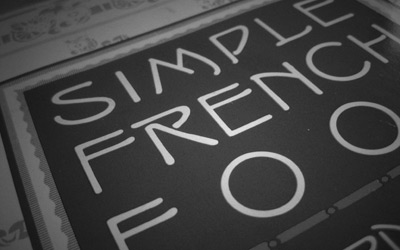
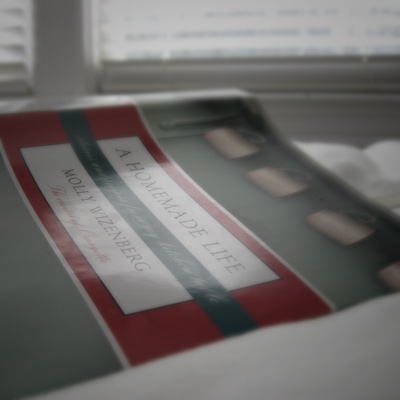
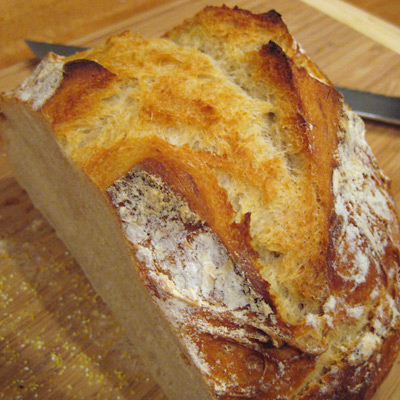


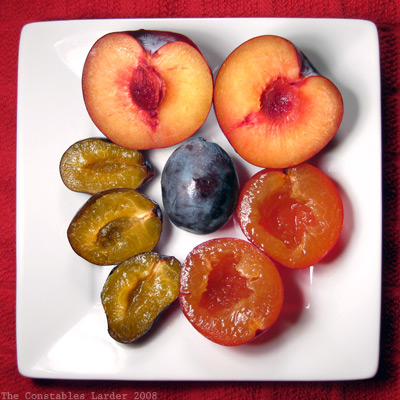
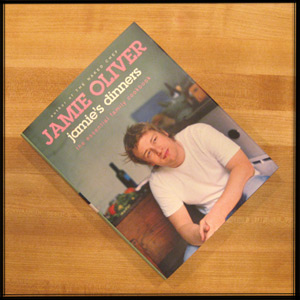 I’m a huge fan of Jamie Oliver’s cooking style. He cooks wonderful but totally unpretentious meals. In the immortal words of
I’m a huge fan of Jamie Oliver’s cooking style. He cooks wonderful but totally unpretentious meals. In the immortal words of